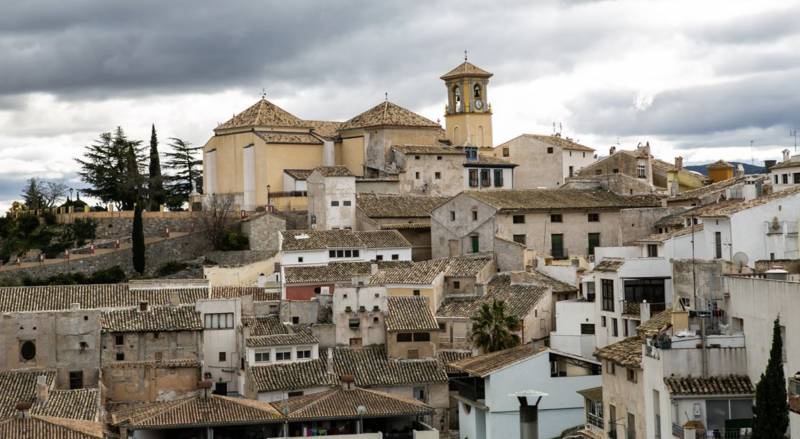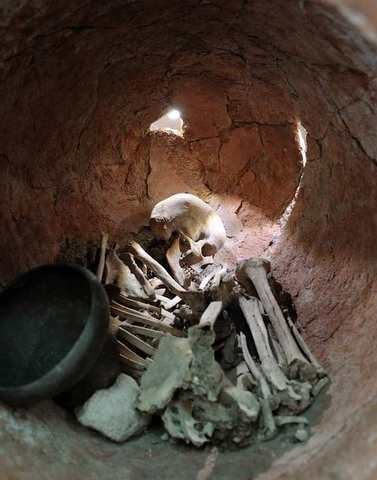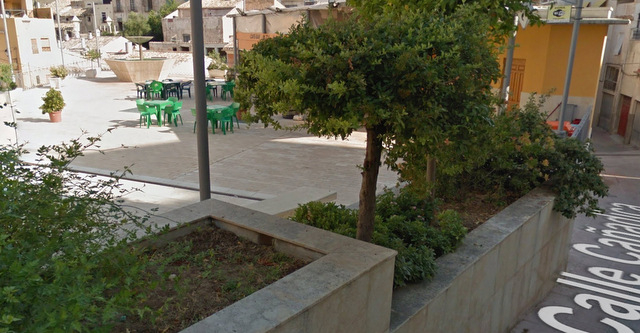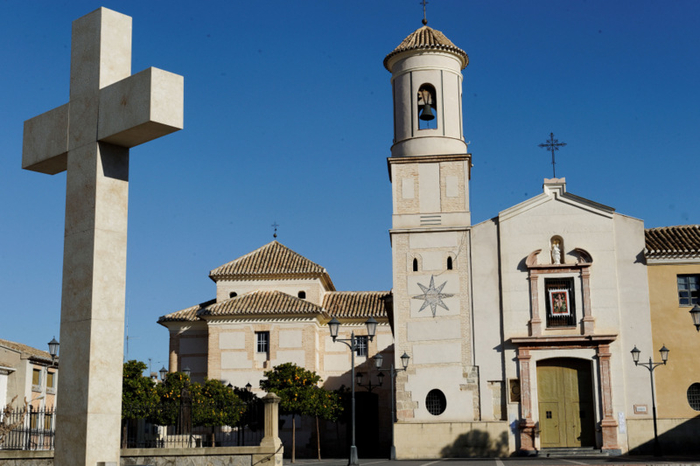- Region
- Vega baja
- Marina Alta
- Marina Baixa
- Alicante
- Baix Vinalopo
- Alto & Mitja Vinalopo
-
ALL TOWNS
- ALICANTE TOWNS
- Albatera
- Alfaz Del Pi
- Alicante City
- Alcoy
- Almoradi
- Benitatxell
- Bigastro
- Benferri
- Benidorm
- Calosa de Segura
- Calpe
- Catral
- Costa Blanca
- Cox
- Daya Vieja
- Denia
- Elche
- Elda
- Granja de Rocamora
- Guardamar del Segura
- Jacarilla
- Los Montesinos
- Orihuela
- Pedreguer
- Pilar de Horadada
- Playa Flamenca
- Quesada
- Rafal
- Redovan
- Rojales
- San Isidro
- Torrevieja
- Comunidad Valenciana


- EDITIONS:
 Spanish News Today
Spanish News Today
 Murcia Today
Murcia Today
 Andalucia Today
Andalucia Today
article_detail
Fiestas de San Isidro in Cehegín
May Romería to honour the patron saint of farmers
Food, drink and conviviality are the order of the day at this Cehegín fiesta
The feast day of San Isidro, the patron saint of farmers and agriculture, falls on 15th May, and during the weekend which falls closest to this date the population of Cehegín celebrate with a relaxed procession of the figure of the saint from the Santuario de la Virgen de las Maravillas to the Parque Ginés Ibáñez and back again, with plenty of time for a long lunch in between.
Agriculture is traditionally the backbone of the local economy in Cehegín, and typically the Mass which is held in the park after the figure of San Isidro arrives is accompanied by prayers for rain and good harvests.
Although there is normally a migas-making competition and musical entertainment on the Saturday evening in Cehegín, the main event of the Fiestas de San Isidro is the Romería on the Sunday. This takes the form of a traditional Romería in which the Saint, to put it simply, is carried out for a day in the country, in the company of the townspeople, horses, carts, carriages and musicians, in this case the groups of Animeros (traditional folk musicians) from surrounding villages.

Once he arrives at his destination, a good deal of eating, drinking, music and dancing takes place in a park area, everyone has an enjoyable day out. Conviviality marks the occasion, and then as evening begins to draw in the Saint is returned to “home base” in the sanctuary.
Although the basis of a Romería is of course religious, this is by no means a solemn occasion: on the contrary, the most important element in the 21st century is the companionship and the opportunity to enjoy a good walk and plenty of food and drink with friends both old and new: in Cehegín the emphasis is most definitely on the eating and drinking, as the processional route is a relatively short one!
The Saint’s outward trip to the park takes place in the morning, with a stop at the Plaza del Alpargatero for a drop of wine and a bite to eat. All along the route he is accompanied by groups of Animeros, as well as horses and carriages, and on arrival he is placed in the centre of the Parque Ginés Ibáñez and surrounded by flowers.
At midday a Misa Huertana is held: this is a sung country Mass, and includes the Animeros.
Following this, many of the groups participating will have set up tables and chairs and have brought along a spot of liquid refreshment, and it’s time to settle down to enjoying themselves. This is very much an occasion to bring your own picnic and enjoy the communal atmosphere.

In the early evening, after a blessing of the carriages, the procession taking the Saint back to the Convento sets out, again with music from the accompanying groups and participants. The processional route follows Juan Carlos I, Gran Vía, Plaza del Alpargatero, Carretera de Murcia and Calle Convento, and on arrival there is more music and dancing.
As for where these events take place, both Parque Juan Carlos 1 and Parque Ginés Ibáñez are located at the end of Gran Vía, and merge into each other.
The convent is more or less behind Mercadona in the residential area.
For more details, call the tourist office on 968 723550.
Click for more information about the municipality of Cehegín.
article_detail
Contact Murcia Today: Editorial 000 000 000 /
Office 000 000 000










